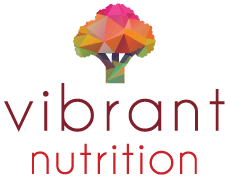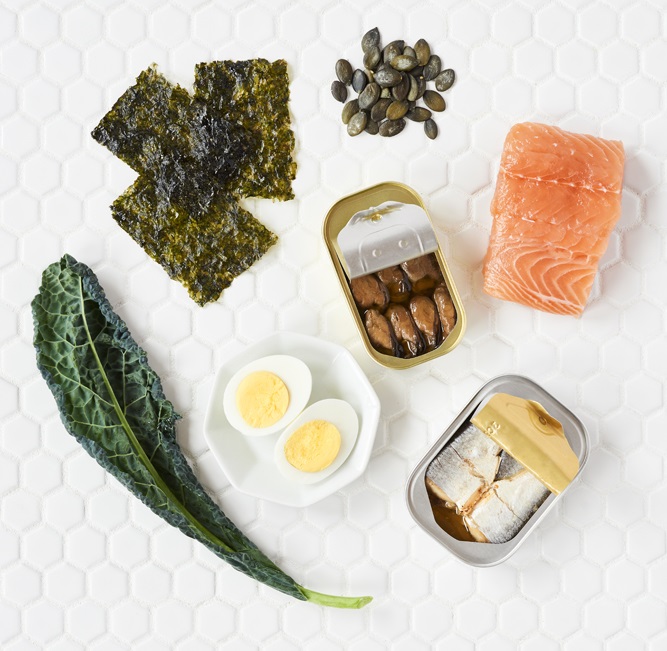May 25th, 2021
What should my kids eat? An age-by-age guide
Feeding your children doesn’t need to be complicated but it does vary from age to age. From children’s first bites of solid food to toddlerhood and beyond, parents can follow a few key tips to help them provide ample nutrition and an enjoyable mealtime experience for everyone in the family.
The most important factor regardless of age is to establish expectations around meals and mealtime. Babies and children should be given the freedom to choose what and how much they would like to eat. Parents choose when, what and where that food is eaten. From there you can follow this simple guide to eating age by age.
What babies six to 12 months should eat
Introduce solid food when the baby is ready. This may be as young as four months or as old as six months. Your pediatrician will be able to guide you through this, but usually, it is when a baby can sit up on their own, has good head and neck control and shows interest in food.
Choose nutrient-rich first foods like fruits, vegetables, beans, meat, nut butter and baby cereals. Try to choose whole-grain cereals whenever possible.
Don’t force-feed your babies. Instead, offer them both purees and finger foods and let them choose when they are finished.
At six months begin to offer water to your baby. Use a regular cup to help them learn how to take sips.
Continue to offer breast milk or formula until between nine months and a year old.
What toddlers 12 to 24 months should eat
At the age of one, your toddler can begin to drink cow’s milk. This does not mean that you need to stop breastfeeding, it can be an addition rather than a supplement. If your toddler drinks formula, cow’s milk can replace formula.
Begin to let your toddler use spoons and forks to self-feed as much as possible. Keep it fun by simply allowing them to explore. And expect them to throw a lot of food and utensils on the floor.
Keep feeding according to your family’s schedule or as close as possible to arrange for appropriate nap times. Three meals and two snacks a day are great for toddlers.
Avoid treats and ensure that there is always at least one healthy food that they like on the dinner table. Learn more about feeding toddlers.
What toddlers two to three years old should eat
Make sure that your schedule is consistent and eat with the entire family whenever possible. This models healthy eating and helps your children to have hunger cues at appropriate times of the day.
Offer dips, dressings and sauces to help kids embrace a range of foods and veggies. Help them to learn the names of new vegetables. This encourages kids to enjoy trying different foods.
Remember the rule of thumb for mealtime dynamics: You serve healthy foods and let kids decide how much to eat.
Do not offer treats or desserts as rewards for eating other foods. Having treats occasionally is fine but serving them as a “more special” item isn’t ideal.
What kids three to six years old should eat
Meals should include whole, unprocessed, nutrient-rich foods. The fewer prepared or boxed foods the better. This includes beverages! Water is the winner when it comes to hydration. Skip juice. It’s full of sugar.
Half of every meal should be fruits and vegetables. This is the case for their lunchbox as well. The rest of the plate should be split between grains and protein.
Cook together and learn to be flexible rather than restrictive. Enjoying time together in the kitchen makes children more likely to try new things and engage in healthier or adventurous eating habits.


